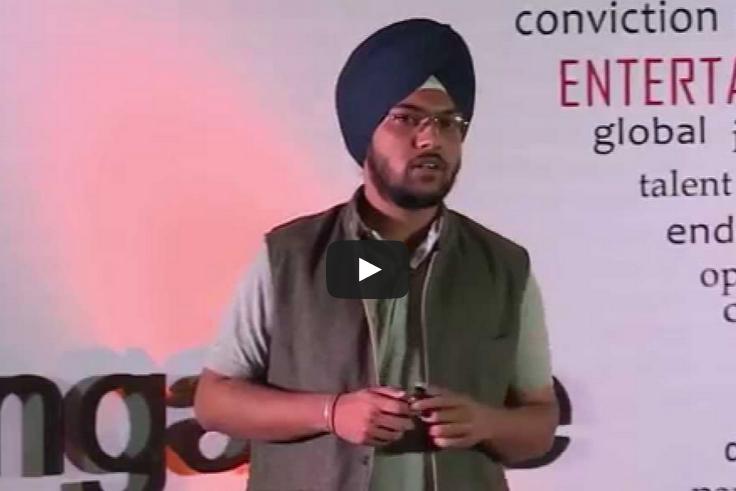It has not been long since the word ‘Green ‘ was prefixed to every little manufacturing or retailing term. Now Lean is the new Green. Wherever you turn around people seem to be cutting down on all non essentials and sticking to the basics. Remember the old times when people used to buy groceries from the local merchants at discounted rates. Then came the supermarkets which grabbed a considerable share from the local merchants’ customer base. Even people who were a little intimidated by the extravagance of the supermarkets finally gave in and started their monthly shopping there. The super markets created a need where none existed. Their Combo offers, free gifts made people buy stuff they wouldn’t have bought from the local merchants . The trend is changing. People no longer want grandeur , people want efficiency .If I want to buy a tooth paste I wouldn’t want to spend more than Rs. 40 on it . In earlier case, I would have paid Rs. 50 for a combo of tooth paste and tooth brush but not now. The retailers have also understood this and are adopting new techniques for catering to this need. Life does come one full circle doesn’t it?
Lean retailing is the practice of using new age information technologies to make the operation more profitable by cutting down the wastes and extras. Wal –Mart was the pioneer in lean retailing. They used bar codes to keep track of products and replenish them when they reached the reorder point. It’s not as easy as it sounds. Imagine a store with 1000 products with around 2000 different SKUs. Keeping track and maintaining constant supply would be a huge task. One brand which has managed to do this job exceedingly well in India is D’Mart. Usually when a supplier supplies goods to a store he has to wait for around two months to get his payment but D’Mart pays them back in two days which is incredible. And since suppliers get paid so soon they don’t complain if a constant quantity is not ordered from them. This works well with D’Mart maintaining a Lean retailing system.
The concept of lean retailing can be summed up in six objectives it establishes
-Co ordinate between different departments to make sure the customer’s need is satisfied .
-Don’t take any more of the customer’s time than needed.
-Identify the need and satisfy the exact need .
-Provide value where it is warranted.
-Provide value when it is warranted.
-Keep innovating to reduce customer’s time and efforts.
Different companies use different lean retailing techniques to cater to their customer base. Zara is one such brand which has applied lean retailing technique in a very unique way. Zara uses the three techniques for implementing their lean retail. They ignore the traditional seasonal market calendar which is usually the winter sale (Christmas and New Year) and produce in small batches which create a culture of scarcity with consumers. The Product mix of a store is determined by Zara retail store managers -not headquarters. Also Zara retails all their own stuff which helps in their functioning . A combination of all these factors has helped Zara establish an unmatched Customer value generation which naturally has shown in their sales.
Starbucks, Big Bazaar are few other companies which have been successful in establishing Lean retailing practices to their business. This concept was first used in India by ‘Saravana Super stores’ in Chennai eight years back. Mr. Kishore Biyani , the owner of Big Bazaar gives them credit in his book ‘It happened in India ‘ . The question is not whether the trend of Lean Retailing will catch on in India or not , the question is how soon ? .
[The article has been written by Praveen S .He is 23 year old blogger and an MBA from NITIE Mumbai, pursuing General Management. He holds a bachelor’s degree in Computer Science and Engineering from NIT Allahabad. Football,Fiction and Films are what makes him tick the most.]
You might like reading:

Diversity vs. Innovation: A new perspective
Imagine the fate of Apple Inc. without Steve Wozniak, popularly referred to as the brains behind arguably the world’s most innovative corporation. On the other hand, the all-popular Steve Jobs, the face of Apple Inc, was a sheer marketing genius. Steve Wozniak is a well-known introvert as contrasted by his former partner Steve Jobs, a seasoned extrovert. Do you think […]

Harpreet Sareen , TEDxNMIMSBangalore 2014
Harpreet Sareen is a researcher and an observer. He is an inventor, artist and an engineer who builds interactive experiences blurring the boundary between digital and physical worlds. One of his such projects is Web@ssist . It aims at improving the accessibility of web for people across a wide horizon of disabilities. He says “When problems and feelings of the […]































